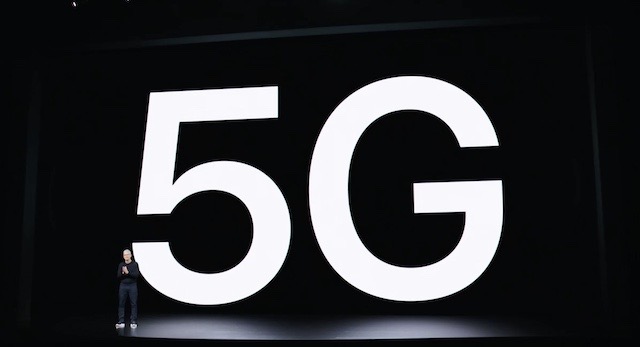
Canadian Researchers Testing ‘Smart’ Surfaces to Improve Cell Service

Researchers at the University of British Columbia (UBC)’s Okanagan Campus are testing ways to improve cell phone connectivity and signal reach with “smart” surfaces that can bounce signals from cellular towers to customers’ devices — reports UBC Okanagan News.
Dr. Anas Chaaban, an Assistant Professor at UBC Okanagan’s School of Engineering, said that while Canada has more than 12,000 wireless antenna towers, users all over the country suffer from dropped calls and a general lack of cell service. Regulatory authorities, meanwhile, are dealing with a lack of not only cellular availability but also affordability.
“The increasing use of mobile technologies across the world is necessitating research that unlocks potential new approaches within our existing infrastructure,” said Dr. Chaaban. “Even though cellphone towers line the rooftops of major cities, and handle the data and phone traffic of millions of Canadians each day, there are still gaps in service.”
The goal, says Dr. Anas Chaaban, is to improve wireless services for millions of Canadians. Currently, he says, there are more than 12,000 wireless antenna towers. And yet, a lack of cell service is a common problem.
Dr. Chaaban and his team at UBCO’s Communication Theory Lab are demonstrating how “smart” reconfigurable intelligent surfaces (RISs) can be installed on existing infrastructure across urban centres to essentially serve as reflectors, boosting signals from cell towers that are part of existing wireless networks to improve location services, wireless signal strength, and reliability.
An RIS is a panel composed of many individual reflective elements, each of which can be controlled with an electrical signal to modify an incoming signal and reflect it. Dr. Chaaban and Co are also developing transmission schemes that specifically incorporate RIS.
The researchers have already tested their theory, and the RIS-enabled transmission schemes they developed outperform existing schemes.
“We simulated the proposed localization protocol and demonstrated its effectiveness in an urban micro-cell street canyon scenario as an example,” Dr. Chaaban explained. “And the protocol works for multiple users simultaneously. Even in areas with intermittent service, data can be shared and users can be located and enjoy a reliable connection.”
Lacklustre coverage is just one of the many issues Canadian cellular customers face on the daily, and it looks like Dr. Chaaban’s solution could go a long way in addressing it.

